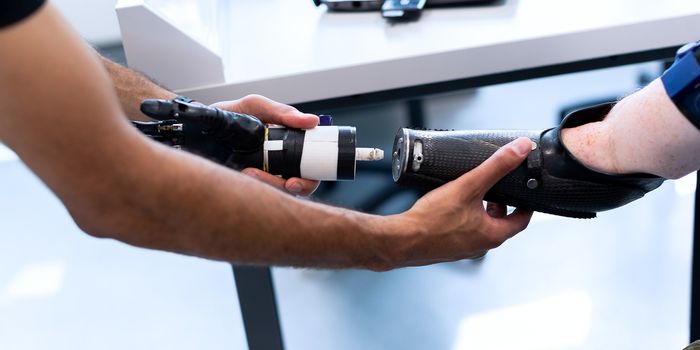Portable Device Detects Food-borne illness
Foodborne illnesses kill 3,000 people on an annual basis. According to the Centers for Disease Control and Prevention, an estimated 48 million people in the U.S. will get sick due to one or more of the 31 recognized pathogens—such as E. coli O157:H7, a harsh strain of E. coli.
Learn more about foodborne illnesses:
Now, scientists at Purdue University are developing detection technologies that can help stop the growth of foodborne illnesses more efficiently. One of these technologies is a bioluminescence-based assay partnered with a portable device that works with smartphones and laptops for on-site testing food testing of harmful E. coli in food samples.
Findings were published in Applied Optics.
The coupled device is called silicon photomultiplier (SiPM) device that utilizes low light from the bioluminescent assay and can detect bacterial species that cause foodborne illness in food samples. SPIM is able to count light pulses and photons. In addition, an electrical circuit with an amplifier, comparator, and microcontroller was developed to send data to laptops and smartphones via Bluetooth technology.
"Our goal is to create technology and a process that allows for the cost-effective detection of the causes of foodborne illness using an easy, expedient and efficient process," said Euiwon Bae, a senior research scientist of mechanical engineering in Purdue's College of Engineering, who developed the technology along with Bruce Applegate, a professor of food science in Purdue's College of Agriculture. "This time frame allows for better-integrated detection and quick action to stop more people from getting sick."
To demonstrate their findings, researchers sampled artificially contaminated ground beef from a local grocery store. The artificial contamination was via injected E. coli into the beef. When the beef was rinsed, it was incubated with an enrichment liquid containing a modified virus that can emit light. The virus would be attracted to harmful foodborne bacteria and when it releases light, it can be detected by the SiPM.
"Our assay offers higher sensitivity, lower cost, better portability, and other distinct advantages when compared to existing detection methods," Applegate said.
Source: Science Daily









